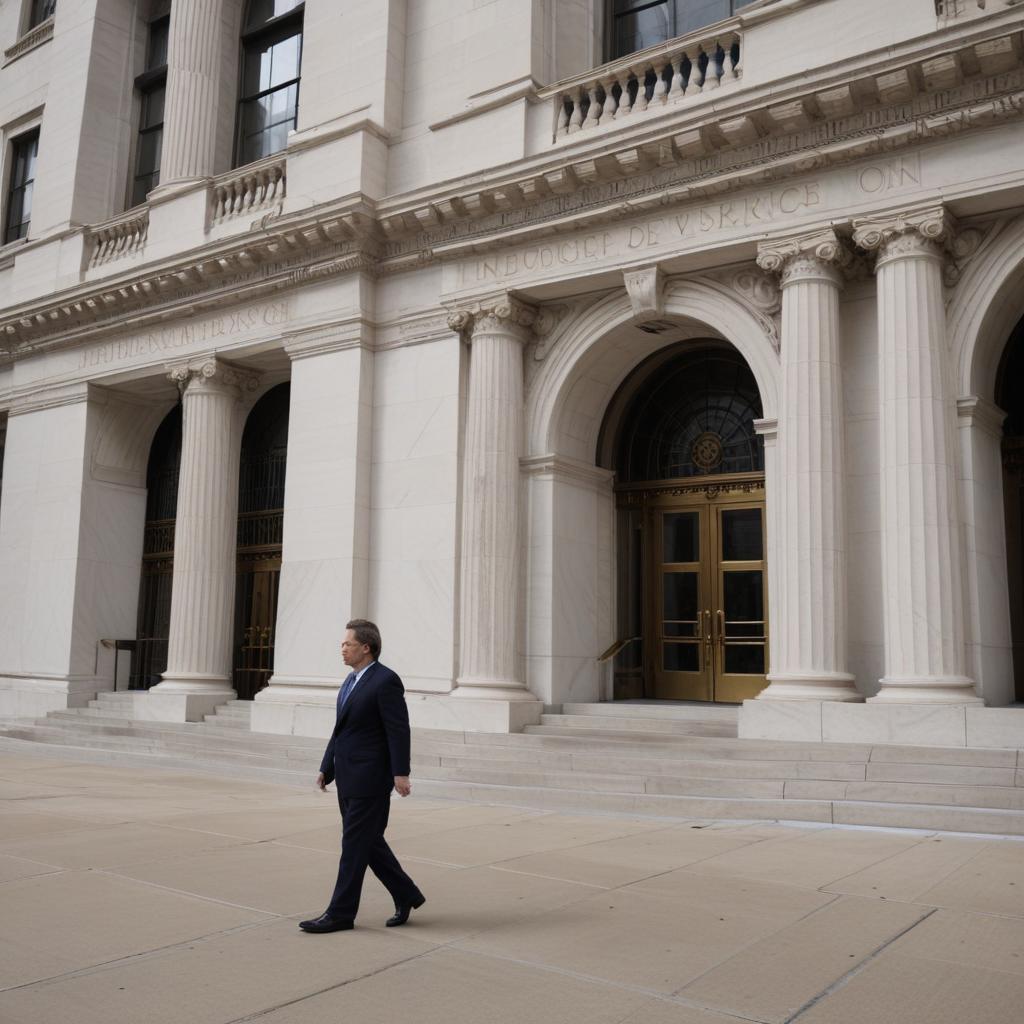The IRS unexpectedly furloughed nearly half its staff (over 34,400 employees) due to the government shutdown, causing widespread confusion and concern among workers. This move, a reversal of an earlier plan to keep everyone working using Inflation Reduction Act funds, threatens critical tax processing, customer service, and revenue collection operations, especially as the October 15 tax filing extension deadline looms.
The Internal Revenue Service began furloughing over 34,400 of its 74,300 employees on Wednesday due to the ongoing government shutdown, sparking widespread chaos and confusion. This decision contradicted an initial plan to keep the entire workforce on the job, funded by the 2022 Inflation Reduction Act (IRA). The agency's updated contingency plan now states that virtually all 39,870 remaining workers will be compensated by 'a resource other than annual appropriations,' despite the IRA originally providing roughly $80 billion for the agency over 10 years. Employees across the country, from Austin to Kansas City and Memphis, reported significant disarray. An emergency notification system erroneously informed some staff of their furlough status, only for managers to later contradict the message. Many employees remained unsure of their status well into the day. Union leaders, like Maria Ramos in Austin and Shannon Ellis in Kansas City, highlighted the critical impact, noting that essential roles, such as those processing mailed tax returns and payments, were furloughed—a departure from previous shutdowns. This raises concerns about the approaching October 15 tax filing extension deadline, with fears that 'tax returns will be arriving, but there will be no one there to process them.' Gibson Jones, a union chapter president in Memphis, stated that the 'vast majority' of workers were furloughed, including customer service staff and revenue agents responsible for tax collection, effectively halting these functions. He anticipates immediate impacts like longer phone hold times and delays in refunds. Adding to the confusion, the IRS's updated plan provided conflicting timelines for staffing levels and lacked clarity on criteria for determining essential versus nonessential roles. Union officials also noted a breakdown in communication, with managers giving one-on-one notifications instead of coordinating with unions, and conflicting guidance on essential workers' ability to take leave, even for medical emergencies.



